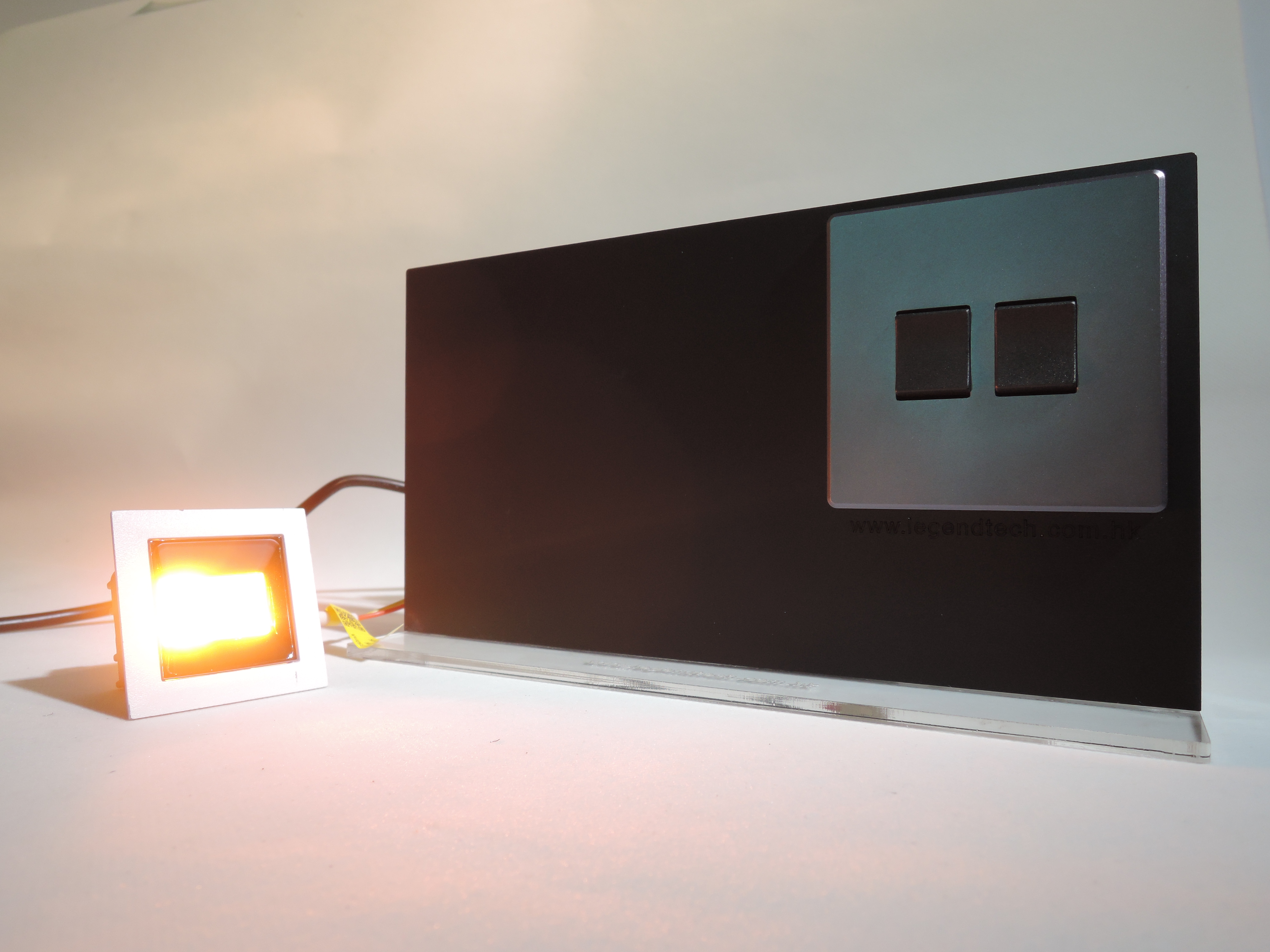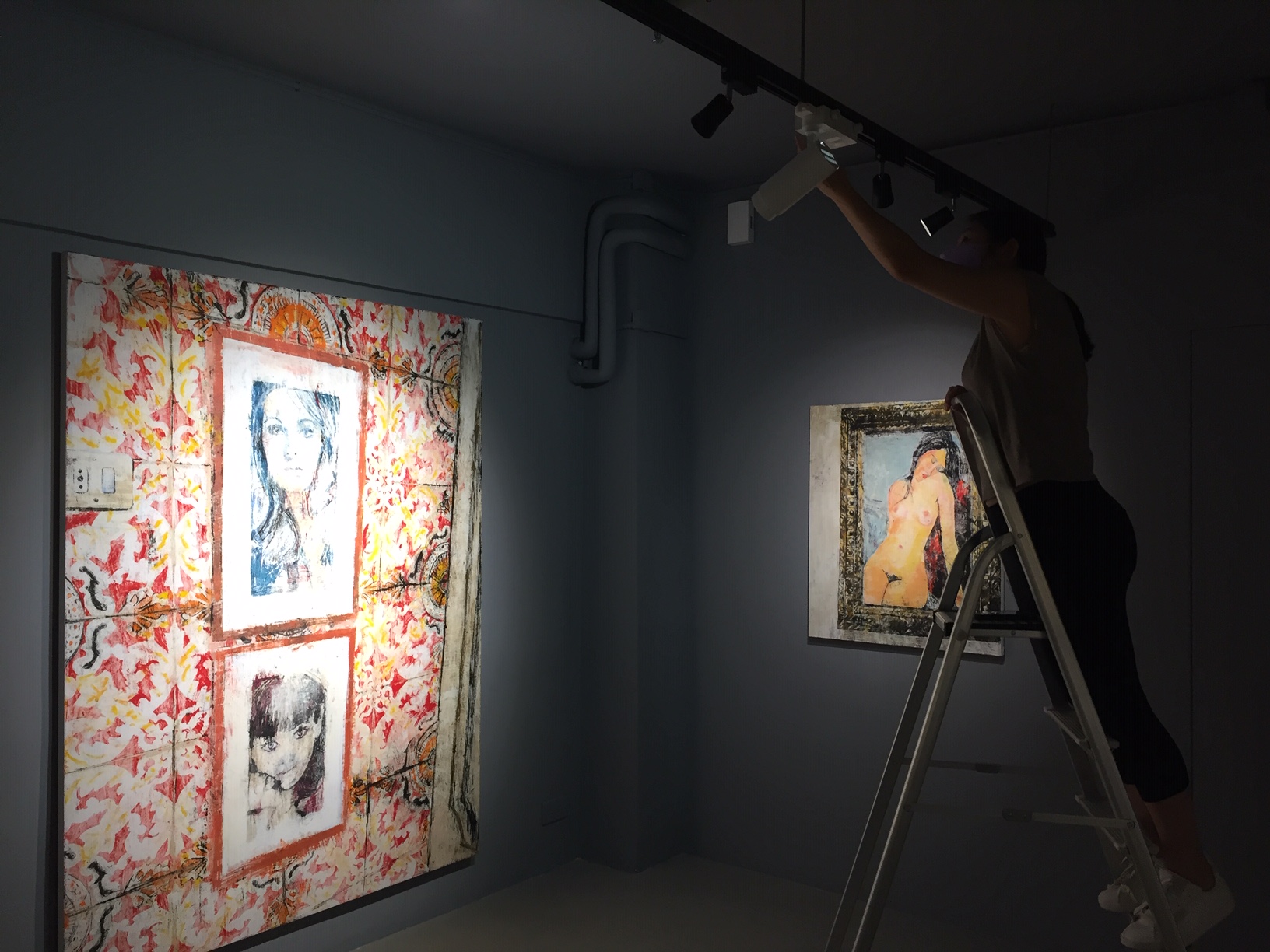Changing LED's Color Temperature
Unlike traditional lights, LED light
manufacturers can produce LED lights to specific color temperature values in
[K]. Generally speaking, the LED’s color temperature value is not adjustable by
changing the brightness intensity. Some people would immediately raise the counterexample that Warm Dimming offers a different color temperature by adjusting brightness. Since
its color temperature changes along a pre-defined dimming curve, the Warm Dimming
technology may only be considered an intermediate solution in practice. Our
Dynamic Lighting control development project addresses the second
characteristic of LED lights, which is the controllability of LED lights.
Launched in 2019, the core of our
Dynamic Lighting solution consists of the DZ1G300TUNE and DZ2G300TUNE controllers. Unlike typical command-based lighting system approaches, our
proprietary Dynamic Lighting solutions is based on analogue control that operates on phase dimming and 0-10V
technologies. Thus, this solution can drastically lower the Dynamic Lighting applications' entry
barrier and maintenance costs. Simplicity and flexibility are the keys to our
solutions. Furthermore, we offer comprehensive product support, including our Solid Aluminum Alloy Faceplates and Tunable White LED Fixtures and Luminaires.
Today, International Auction House, Art Gallery, Commercial, and Residential
customers have adopted our controllers for both LED dimming and Dynamic
Lighting applications.
Simplicity

Lighting
systems are common to control Tunable White lighting in professional lighting
projects. Since its market introduction, Smart Bulbs have been an excellent
attempt to bring the applications to households. So, we can see the control
methods play a significant role in shaping the applications and deciding target
audiences. As both professional lighting and household segments are very
mature, we want to develop something that keeps the control complexity minimal.
Yet, a broad group of audiences can enjoy the benefits of vibrant lighting and
find good use of the technology. To support the idea of widening the audience,
we’ve designed our solutions with specific objectives in mind.
User Interface: For brightness and color temperature control, our
solutions feature a dual input interface (i.e., dual rotary knobs or momentary
switches). While the Dynamic Lighting Controllers have a transient switch
interface, customers have great flexibility to select their preferred
faceplates.
LED Driver Selection: Our solution uses dimmable LED drivers (CC) with LED+/-
output terminals to power the Tunable White LED Fixtures. With the rich pool of
quality single-channel dimmable drivers in the market, the support for Tunable
White Fixtures is easy. Since there are no dual-channel outputs LED drivers
(Cool White- and Warm White- terminals), and no complete system reset after
replacement, the installation and maintenance can be kept to the simplest
level. In fact, this feature has a deep impact on the overall system costs.
Flexibility

When simplicity is essential, we want our solution
expandable to external control. In other words, our solutions can serve as the
“last mile,” and customers have an option to integrate our solutions to a more
extensive system.
Control Mode: Using our Tunable White Track Lights as an example, customers can realize that we can have different approaches for implementation. In the most basic form, users can adjust the light's brightness and color temperature by rotary knobs on single-phase 2-wire rail. Alternatively, we can utilize 4-wire rails and control the lights from a wall faceplate, just like regular dimmable track lights. Instead of sending digital commands over the DA+/- lines, we send a 0-10V signal over the control bus.
Furthermore, we
can tie the color temperature control to a mobile APP, which gives further
control options by different grouping methods. On daily application, users can
adjust the brightness from the wall, similar to regular dimmable track lights.
By wirelessly linking the tracks instead of individual track lights (or tunable downlights in the neighborhood), we can
create a control node for multiple tunable lights as a cluster for consistent
color temperature control. Further wireless grouping would create the sets as
part of an extensive system by sharing the same wireless ID.
Tunable White Fixture Selection: Since we use regular dimmable LED drivers to power
Tunable White LED Fixtures and with the rich types of LED chip supply, we can
design many different kinds of Tunable White Fixtures from single COB downlight
to dual-color LED panel light based on Constant Current driving technology.
 Tunable White Fixtures Co-exist with Dimmable Lamps: Our solution allows dimmable and tunable fixtures to
co-exist on the same line based on the unique approach of completely separating
the brightness and color temperature control. On a dual rotary or dual toggle
switch faceplate, we can adjust the brightness of Tunable and Dimmable lamps
(e.g., SORAA® LED Lamps), with the additional benefit of changing the Tunable
White fixtures' color temperature. This feature allows designers and end-users
to install Tunable White light fixtures at designated locations while the rest
of the lamps can be merely dimmable.
Tunable White Fixtures Co-exist with Dimmable Lamps: Our solution allows dimmable and tunable fixtures to
co-exist on the same line based on the unique approach of completely separating
the brightness and color temperature control. On a dual rotary or dual toggle
switch faceplate, we can adjust the brightness of Tunable and Dimmable lamps
(e.g., SORAA® LED Lamps), with the additional benefit of changing the Tunable
White fixtures' color temperature. This feature allows designers and end-users
to install Tunable White light fixtures at designated locations while the rest
of the lamps can be merely dimmable.





